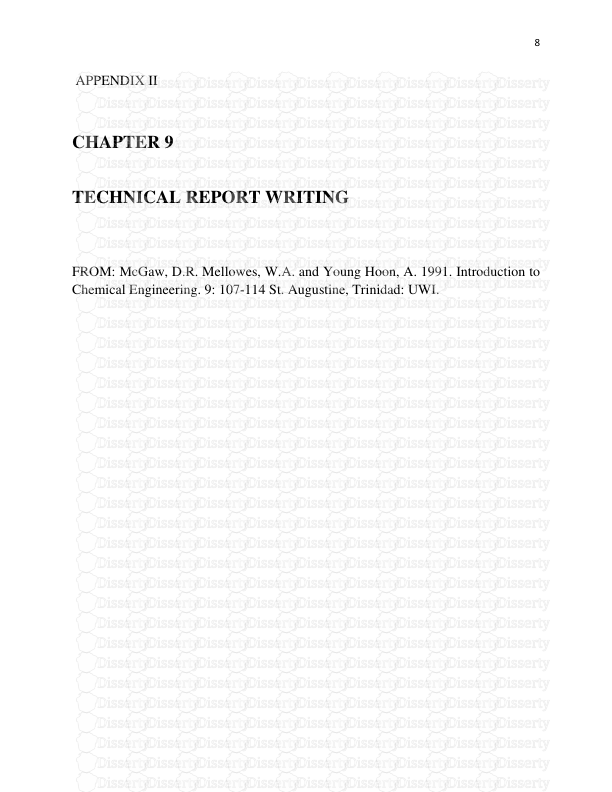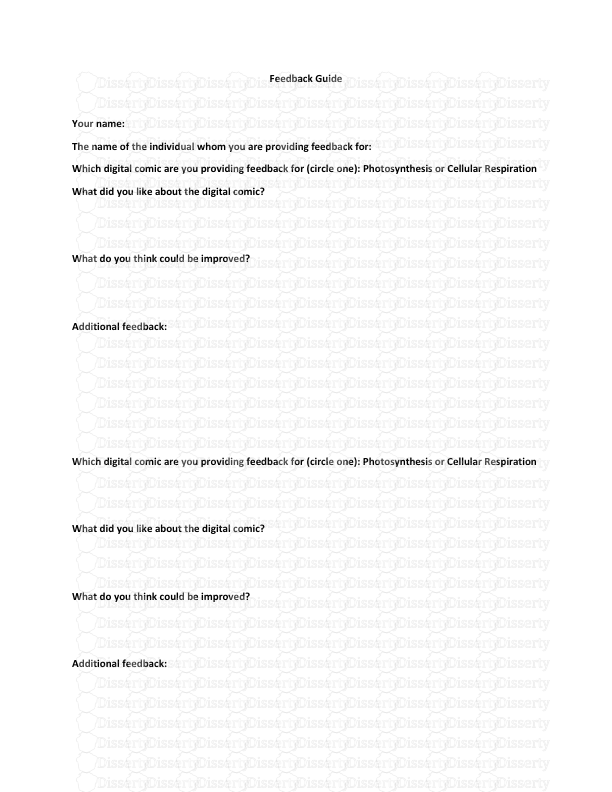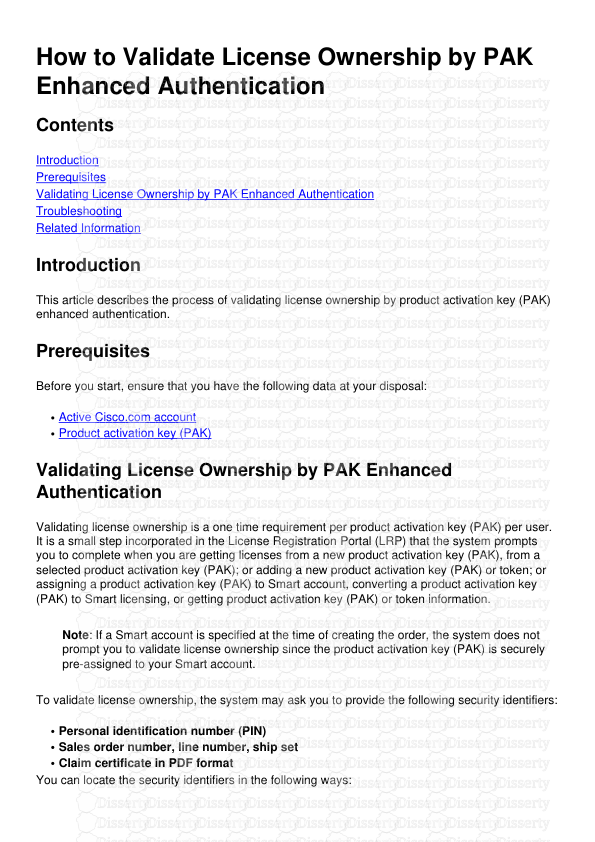Fraud Investigation A claims handler’s guide A practical guide to the key issue
Fraud Investigation A claims handler’s guide A practical guide to the key issues and current law Autumn 2009 Fraud Investigation OVERVIEW In 2003, we published the first edition of Fraud Investigation – A claims handler’s guide. The decision to create the fraud guide stemmed from the need to have one simple reference source on fraud investigation for claims handlers. The document was intended to provide an overview of the key issues in relation to fraud investigation, including a history of insurance fraud and the current state of play. From the many insurance industry acknowledgments received, there is no doubt that claims handlers have found the fraud guide to be an extremely useful reference point. It is partly with this in mind that we have produced this third edition. Another key driver for producing this latest edition has, of course, been the current global recession, which has coincided with a large increase in fraudulent insurance claims. In July 2009, the Association of British Insurers said, for example, that the value of fraudulent claims had risen 30% from 2007-2008. In difficult times, human behaviour patterns change; people who would normally behave honestly may consider instigating an insurance claim as a way of resolving their financial problems. Sadly, desperate people do desperate things. In light of these unprecedented economic circumstances, we felt it was appropriate to produce a new version of the guide to assist insurers combat financial crime, whilst always treating their genuine customer with fairness and integrity. Fraud Investigation – A claims handler’s guide, Autumn 2009 incorporates changes in both legislation and case law, as well as additional comment and observation since the production of the original guide in 2003. Fraud has been a problem for the insurance market from its early days. Since that time, the insurance market has changed considerably. There is an ever-increasing requirement to provide excellent customer service, manage total claims costs, reduce the lifecycle of claims and meet claimants’ legitimate expectations. Within the insurance market, insurers have to respond quickly and fairly to policyholders and claimants, which is only right. However, it is also imperative that claims are validated properly to ensure that the premium pool, which is funded by all policyholders, is not depleted by the fraudulent activities of the (ever increasing) few. Throughout the guide, we take a look in more detail at what constitutes fraud but it is fair to say that the most common type of fraud in all classes of genuine insurance business is the inflation of otherwise genuine claims. Trying to understand what is fraud in this area was another driver for publishing such a guide. This review is about information gathering and the inevitable background of relevant case law. We consider the who, what, why, when and how of investigation and link this to marshalling an enquiry with an outcome in mind. Fraud investigation, as much as any claims activity, is about the tactics and looking for the ‘pressure points’ in the story that is being relayed. These pressure points are the areas of vulnerability that must be probed by the investigator if the allegation of fraud is to be sustained. These areas can see several different lines of enquiry being reviewed, for example, quantum, the circumstances, the policy declaration and warranties. As a general rule, seeking to defeat a fraudulent claim by the use of warranties is a path that can be fraught with difficulties and needs careful planning and execution. Speaking back in the early 1980s, the President of the Chartered Institute of Loss Adjusters (CILA) was asked at a conference what was the difference between a claim for negotiation and a fraudulent claim. He provided this view: “A claim that was two times overstated was probably a claim for negotiation. A claim that was 10 times overstated was probably bogus and fraudulent.” When asked about a claim that was five-fold overstated, his response suggested that it was down to the skill of the claims handler. The point he made was a simple one. The case law that was current at the time, which was founded in the case of Lek v Mathews [1927], was that exaggeration was fraud unless it was so insubstantial as to be de minimis. What he highlighted was that fraud comes at us in many shapes and sizes. Fraud Investigation On the other side of the Atlantic, Jim Crawford (founder of Crawford & Company in 1941) put the role of the claims handler simply: “Meritorious claims should be paid promptly and pleasantly. Fraudulent, exaggerated or un-meritorious claims should be resisted vigorously.” To deal properly with fraudulent claims requires evidence and hard facts. This guide looks at the framework against which these should be obtained and how un-meritorious claims can and should be resisted. ABOUT THE AUTHORS CRAWFORD & COMPANY Based in Atlanta, Georgia, Crawford & Company (www.crawfordandcompany.com) is the world’s largest independent provider of claims management solutions to the risk management and insurance industry as well as self-insured entities, with a global network of more than 700 locations in 63 countries. The Crawford System of Claims SolutionsSM offers comprehensive, integrated claims services, business process outsourcing and consulting services for major product lines including property and casualty claims management, workers’ compensation claims and medical management, and legal settlement administration. The company’s shares are traded on the NYSE under the symbols CRDA and CRDB. Bobby Gracey is Vice President of Global Counter Fraud Solutions at Crawford & Company. Bobby joined Crawford & Company in 2003 and, in collaboration with Robin Wintrip, was responsible for the design, implementation and operational management of their Counter Fraud Solutions (CFS) service in the UK. Following its successful UK launch, Bobby was tasked with replicating the CFS model across Europe, the Middle East and Africa in 2006 and later promoted to Vice President, with responsibility for global strategy and thought leadership in the fraud arena. Since joining Crawford & Company, Bobby has taken the global debate on claims fraud to all six continents of the world and visited 16 countries to raise industry awareness. His passion for the subject stems from a belief that “where there are volume claims, there is also volume fraud”. He also fully understands the commercial impact that claims fraud costs can have on the profitability of an organisation. Bobby is a well-known figure in the insurance fraud market and a regular contributor to trade publications. He has recently been involved in various projects assisting insurers develop best practice and implementing global fraud strategies aligned to robust operational responses. The original version of the fraud guide was short-listed for the ‘Innovative Marketing Campaign of the Year’ at the Institute of Financial Services’ Financial Innovations Awards in 2004 and the guide also played a significant part in Crawford & Company’s Counter Fraud Solutions services being short-listed for nomination for ‘Loss Adjuster of the Year’ at the British Insurance Awards in 2004. Crawford’s Counter Fraud Solution service continues to deliver substantial financial savings for the UK insurance industry, with further development and market-leading innovation to follow. Contributor: Editor: Bobby Gracey Paul Harvey A Claims Handler’s Guide KENNEDYS Kennedys (www.kennedys-law.com) is a top 50 law firm in the UK, with eight offices nationally and six overseas offices. As a specialist insurance practice, Kennedys has always specialised in combating fraudulent claims on behalf of insurers. Our fraud expertise is focused on the following areas: banking, commercial, employers’/public liability, factoring, household, life and health, mortgage, motor claims, property and travel claims. Our expertise has been enhanced in the last 12 months by the Davies Lavery merger and, more recently, with the arrival of several partners from the insurance teams at Dewey LeBoeuf, DLA Piper, Hextalls and Mayer Brown. Consequently, we now have over 30 partners with specialist fraud experience on behalf of insurers. Given the importance of suspected fraudulent claims to our clients, control of all suspected fraudulent claims is maintained by partners, with tasks being delegated to assistants as appropriate. Kennedys advise and act for insurers on all aspects of suspected fraudulent claims, including: • Adequacy of evidence obtained and further lines of enquiry • Protection of enquiries by legal privilege • Application of policy conditions • Additional grounds for repudiation, including policy avoidance for pre-inception non-disclosure/misrepresentation • Drafting letters of repudiation • Conducting formal policyholder interviews • Interests of innocent co-insureds and joint insureds • Strategy and tactics • Liaison with police regarding criminal investigation and prosecution • Conduct of litigation against fraudulent claimants • Recovery of payments made to fraudulent claimants, including tracing and obtaining freezing orders • Preparation of cases for Financial Ombudsman Service review Both Kennedys and Crawford & Company are members of the Insurance Fraud Investigators Group (IFIG). Kennedys is also a corporate member of the Fraud Advisory Panel (FAP). Contributors: Editors: Jeremy Collins Helen Tilley Roger Jones Deborah Williams Sue Plumb Helen Tilley Robert Welfare Deborah Williams Contents FRAUD INVESTIGATION – A LOSS ADJUSTER’S PERSPECTIVE PAGE Introduction 1 What is fraud? 4 Who commits fraud? 7 How can you identify fraud? 9 Gathering uploads/s1/ fraud-guide.pdf
Documents similaires








-
57
-
0
-
0
Licence et utilisation
Gratuit pour un usage personnel Attribution requise- Détails
- Publié le Jul 09, 2021
- Catégorie Administration
- Langue French
- Taille du fichier 1.0090MB


